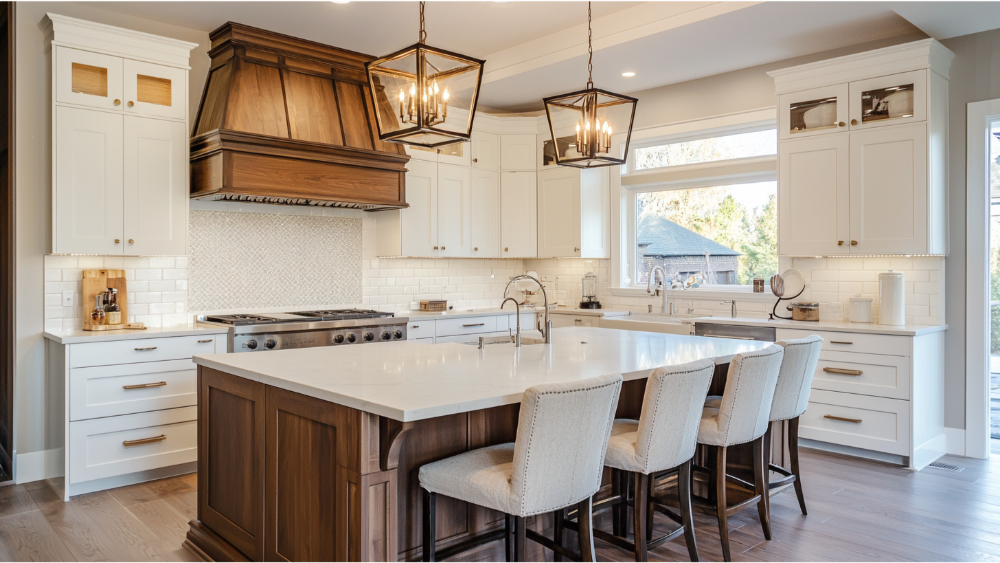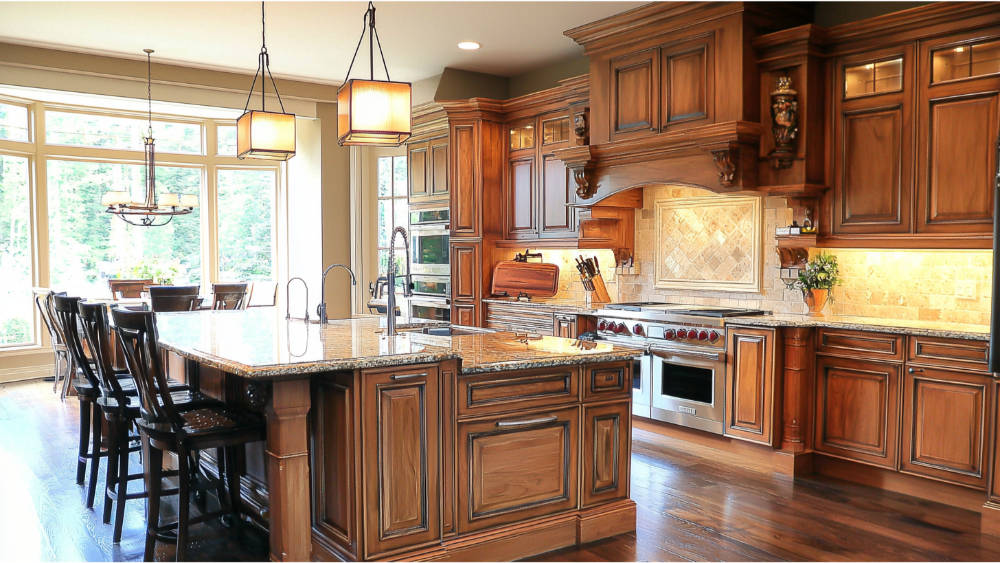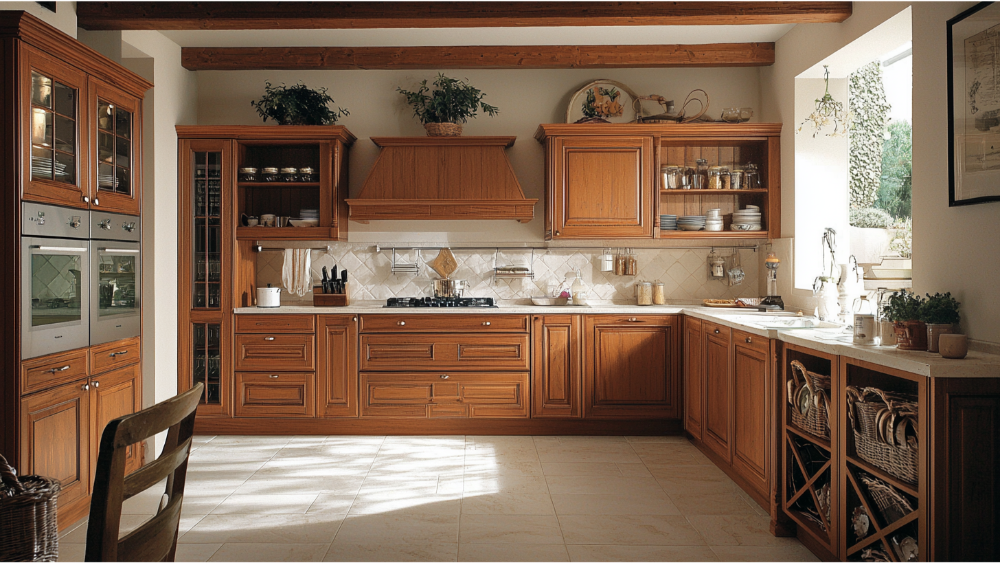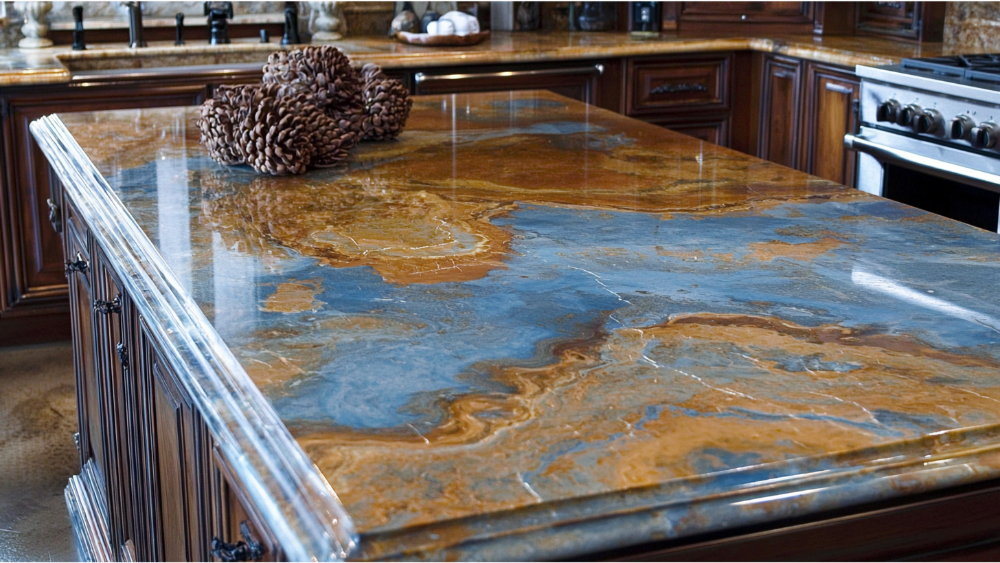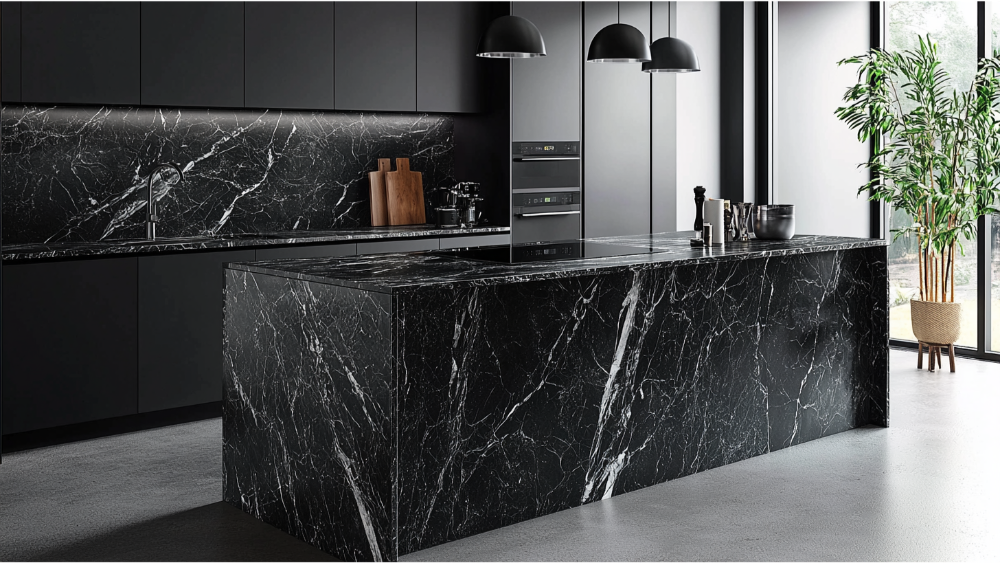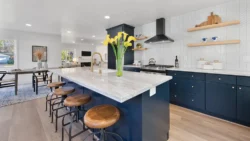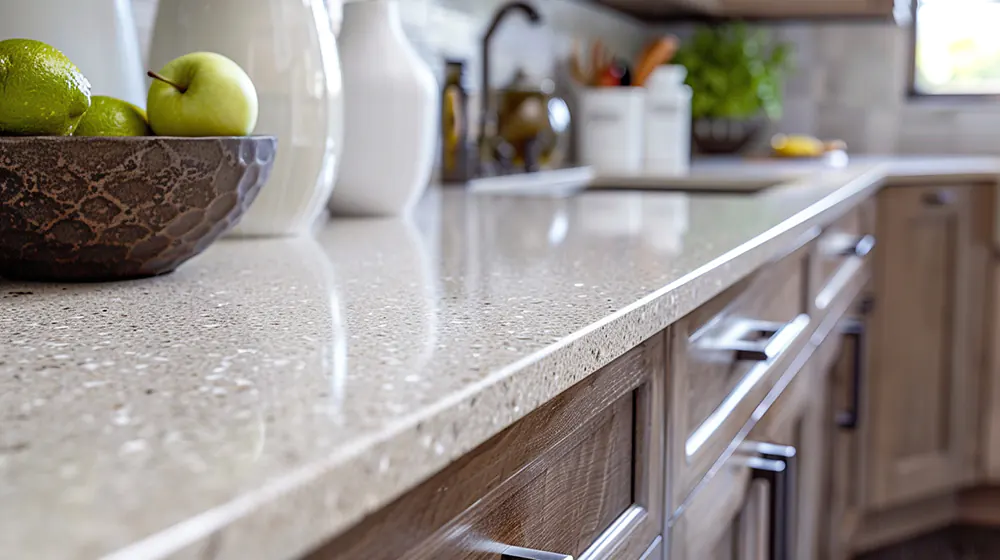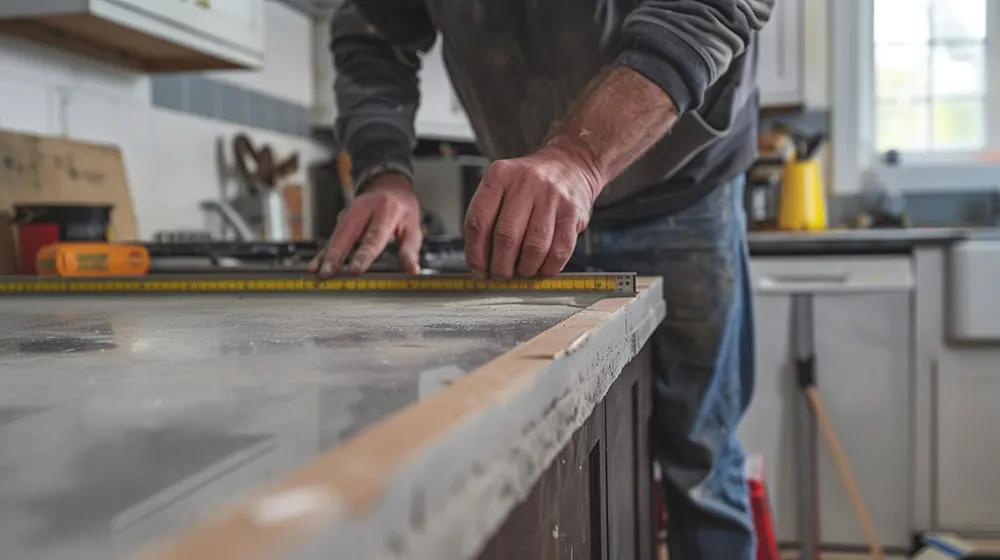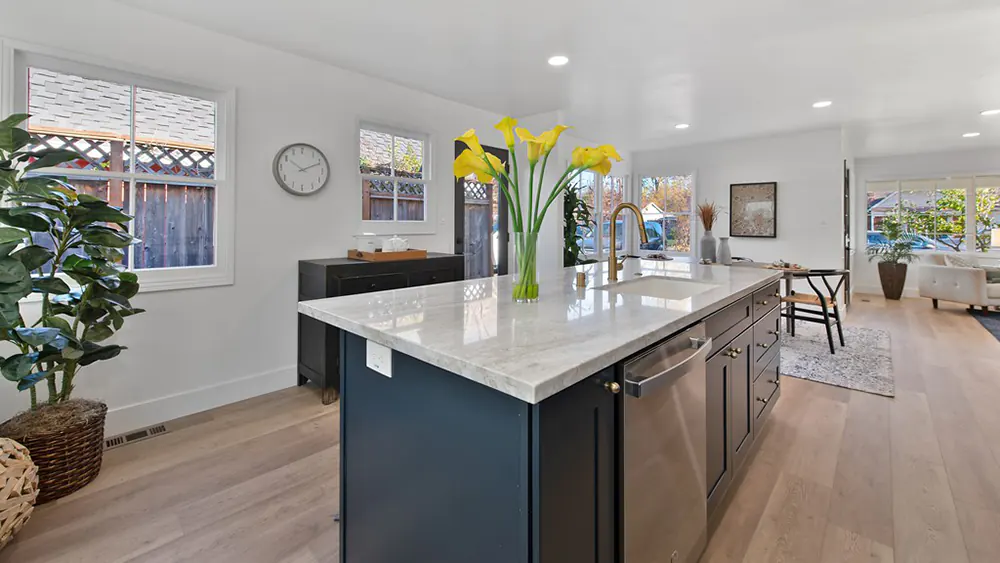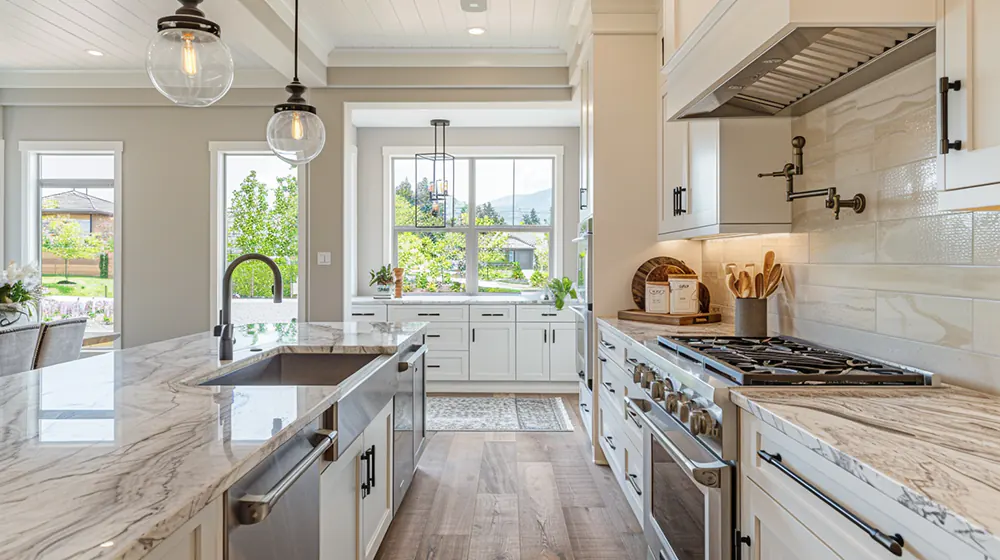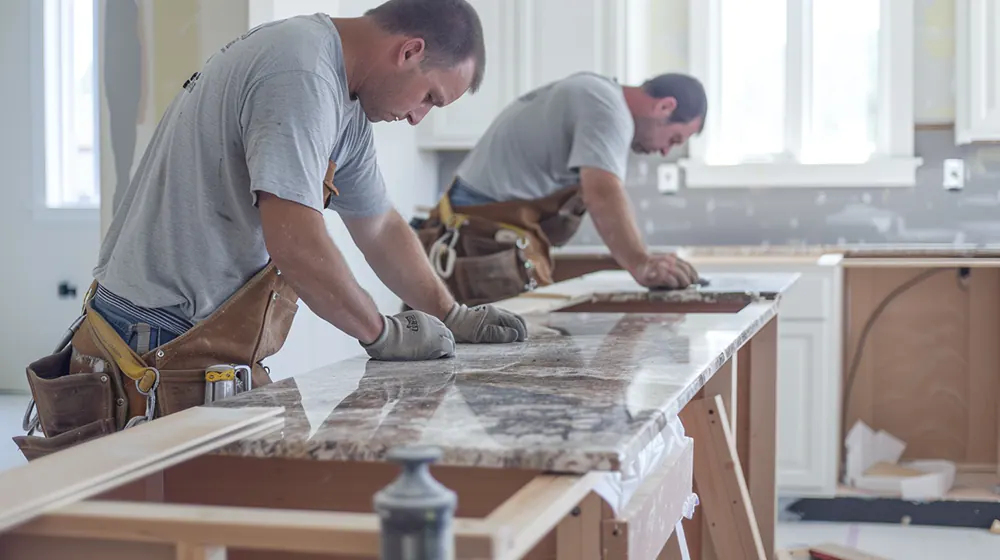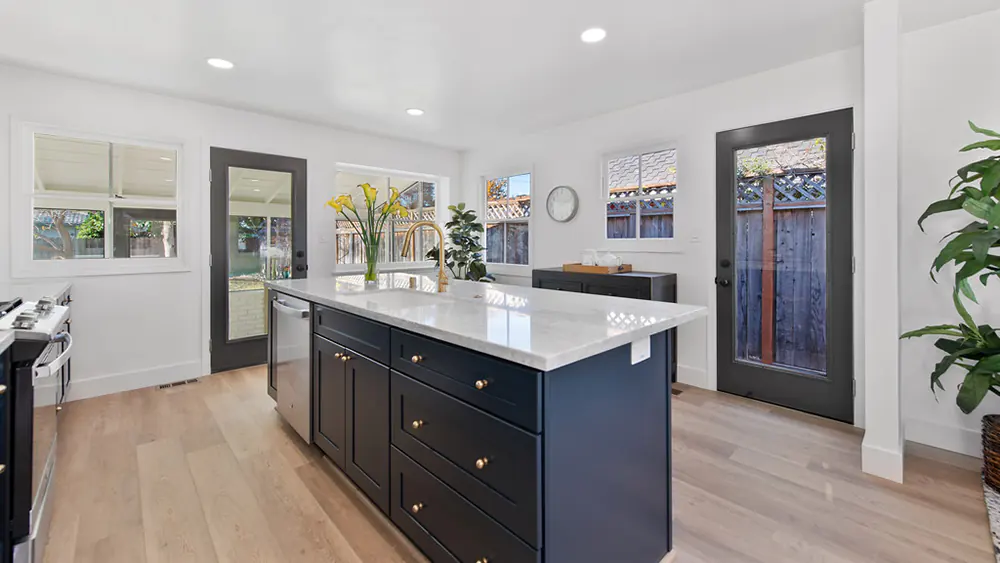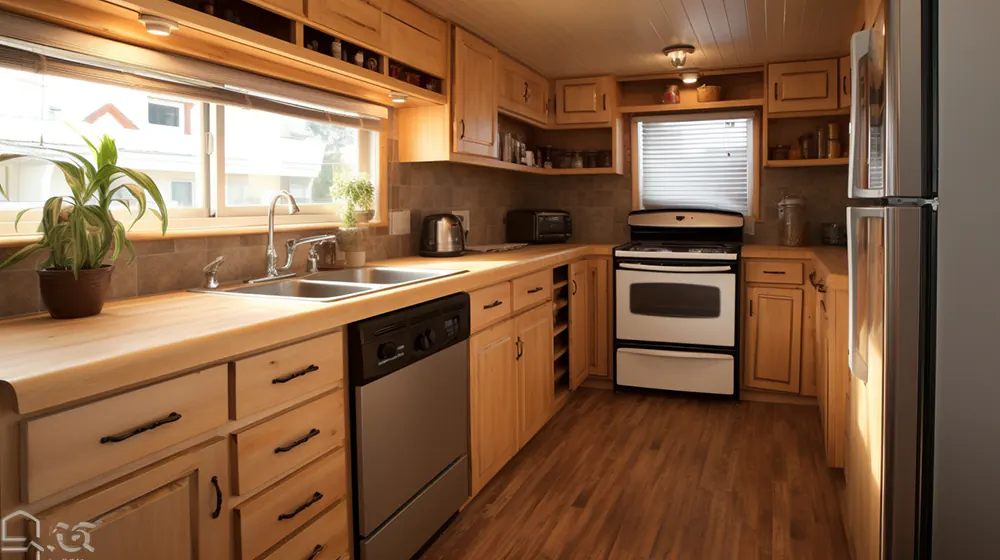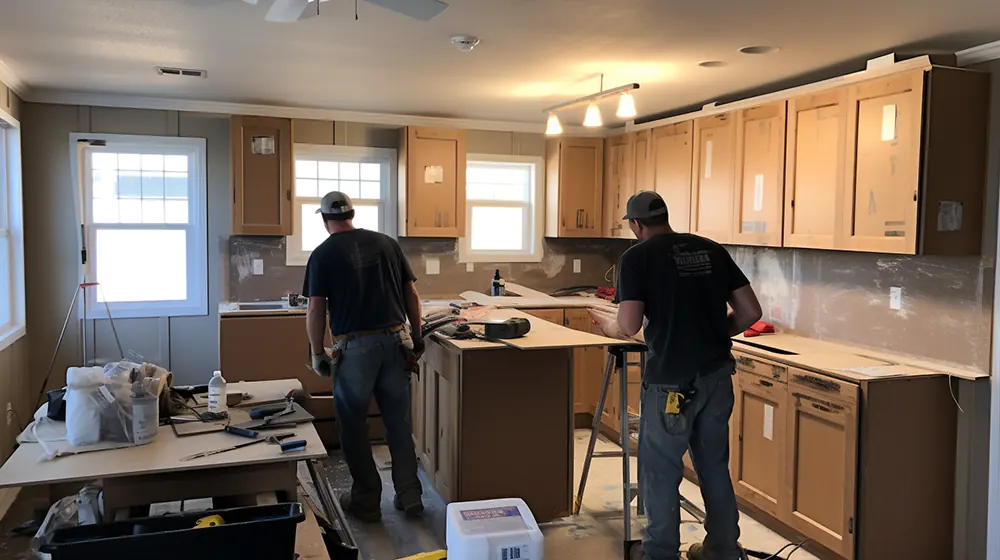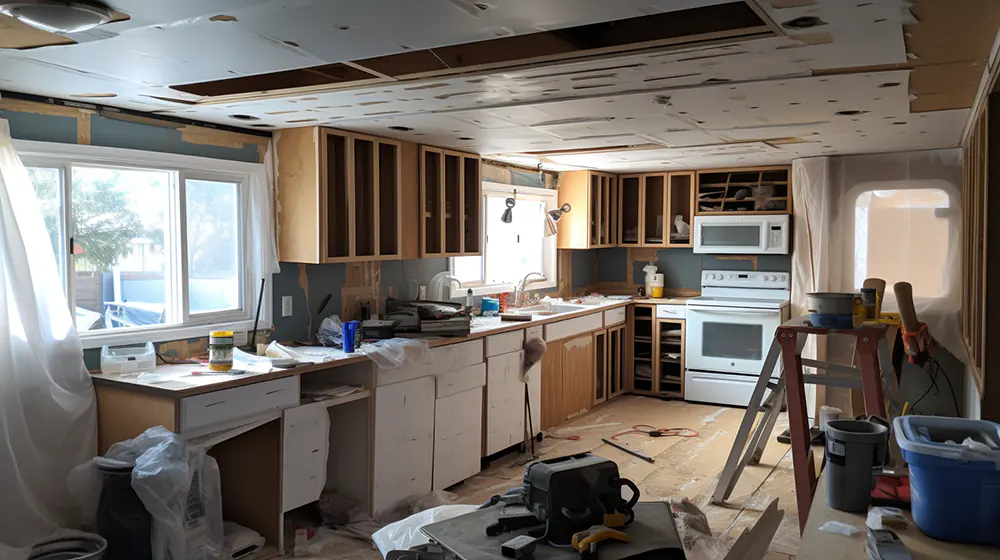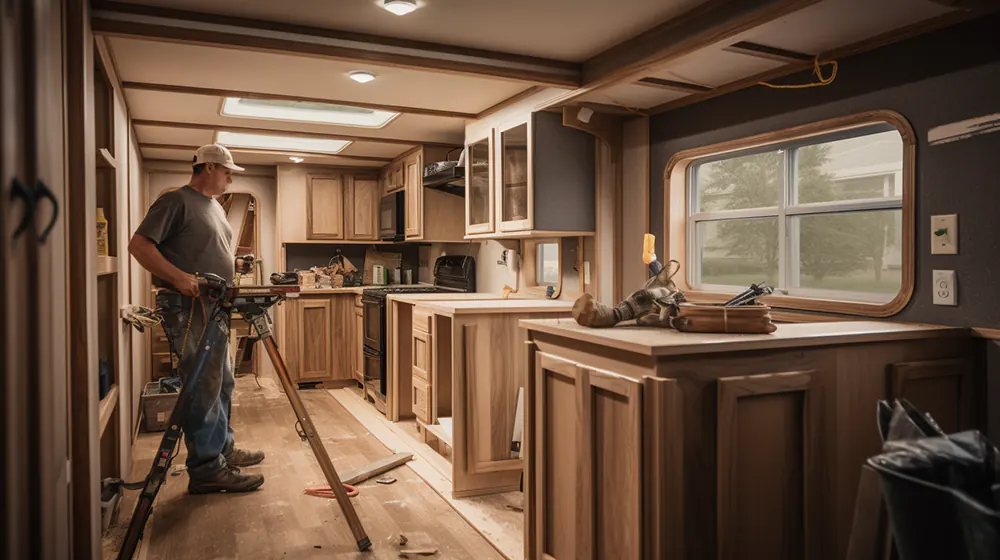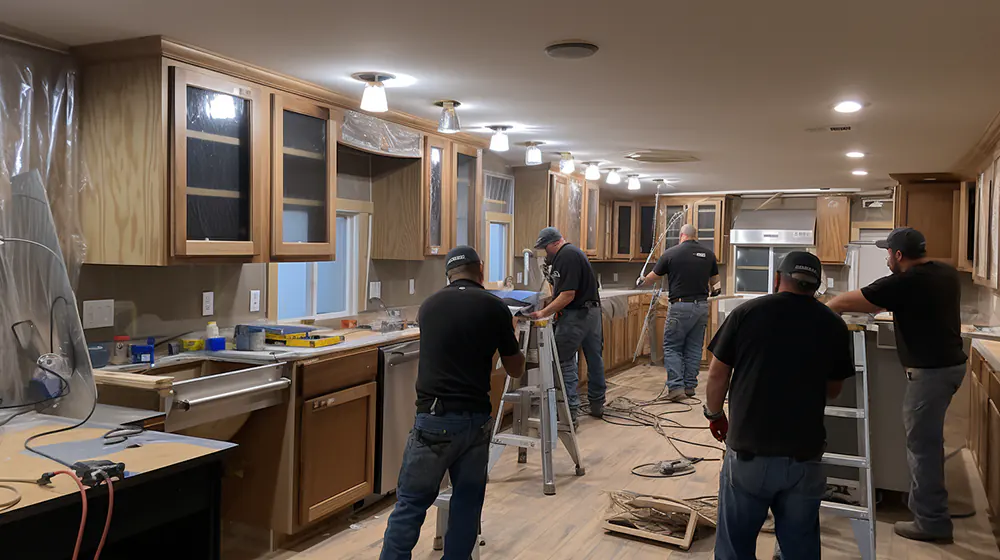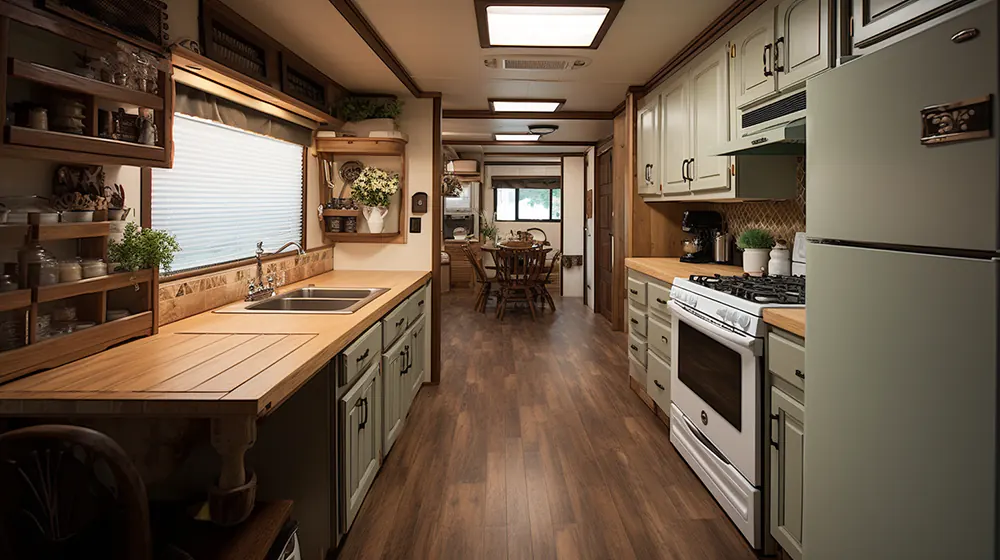How To Remove Kitchen Countertop in 7 Steps
Removing a kitchen countertop might seem like a daunting task, but with the right tools and preparation, it can be a straightforward process. Whether you’re upgrading your kitchen or replacing a damaged surface, carefully following each step will ensure a smooth and efficient removal.
Tools Needed for Removing a Kitchen Countertop
Screwdriver (Phillips and Flathead)
You will need screwdrivers to remove screws from brackets or fasteners securing the countertop to the cabinets. Both Phillips and flathead types may be required depending on the hardware used.
Pry Bar
A pry bar is essential for carefully separating the countertop from the cabinets or backsplash without causing damage. It provides leverage to lift the surface safely.
Utility Knife
Use a utility knife to cut through any sealant, caulk, or adhesive that may be holding the countertop in place. This ensures a clean separation and prevents unnecessary damages.
Power Drill
A power drill can assist in quickly removing screws or bolts, especially if they are tightly secured or numerous. It’s a time-saver compared to using screwdrivers manually.
Putty Knife
A putty knife helps in scraping away residual caulk or adhesive after the main countertop has been removed. This ensures a smooth surface for the next installation.
Tape Measure
A tape measure is useful for accurately measuring your countertop before removal, especially if you need to plan for a replacement or disposal.
Work Gloves
Protect your hands with sturdy gloves while handling sharp edges, tools, or heavy materials to avoid injuries.
Safety Goggles
Wearing safety goggles is crucial to protect your eyes from dust, debris, or splinters during the removal process.
Reciprocating Saw (Optional)
If the countertop is fixed with heavy adhesive, a reciprocating saw may be necessary to cut through stubborn areas or to cut the countertop into smaller, more manageable pieces for removal.
Bucket and Sponge
Use a bucket and sponge to clean any adhesive residues or dust after the countertop is removed to keep the workspace neat and ready.
Preparation Steps for Removing a Kitchen Countertop
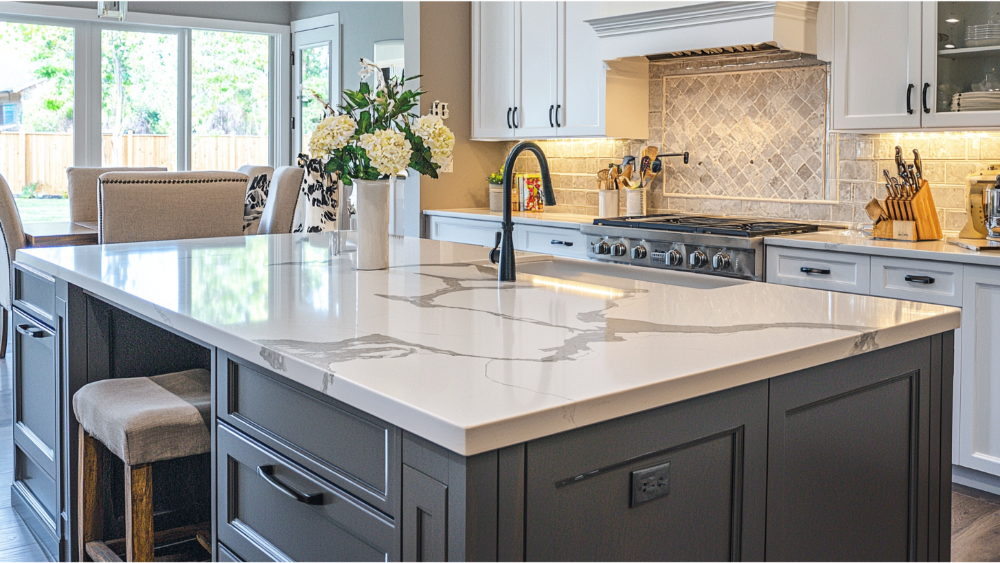
Clear the Workspace
Begin by removing all items from the countertop and surrounding areas. Clearing away appliances, decorations, and kitchenware ensures you have a safe and obstruction-free workspace to handle laminate countertops or other materials.
Turn Off Utilities
Disconnect any utilities connected to the countertop fixtures, such as water lines for sinks or gas lines for stovetops. For an undermount style sink, ensure the plumbing is completely detached to avoid leaks or damages during removal.
Inspect the Old Countertop
Carefully examine the old countertop to identify how it is secured to the cabinets or walls. Most countertops are fastened with screws, adhesives, or brackets that may require different tools or techniques to remove safely.
Protect Surrounding Surfaces
Use plastic sheeting or drop cloths to protect surrounding cabinets, floors, or walls from potential damage. This is especially important when dealing with laminate countertops, as adhesive residues or splinters could harm nearby surfaces.
Prepare Necessary Tools
Gather all required tools, such as a pry bar, utility knife, and safety gear, before beginning the removal. Having everything within reach will save time and keep the process organized as you tackle countertop fixtures and stubborn adhesives.
Measure the Countertop Area
Take accurate measurements of the countertop dimensions using a tape measure. Knowing these measurements is useful if you’re replacing the old countertop and planning for new installations to fit seamlessly.
Step-by-Step Guide to Removing a Kitchen Countertop
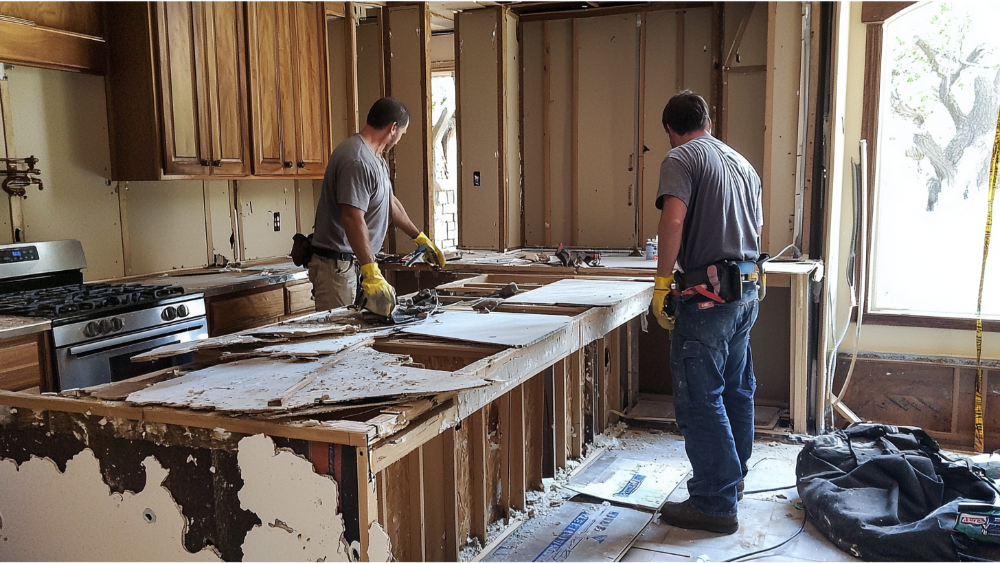
Disconnect Utilities
Start by shutting off all utilities connected to the countertop fixtures. Locate the emergency shut off valve to turn off the water supply to the kitchen sink, and disconnect any plumbing fixtures such as pipes or hoses. If your setup includes a garbage disposal, ensure it is unplugged and carefully disconnected from the sink. Taking these precautions will prevent leaks, damage, or accidents during the removal process.
Apply Caulk Softener
Inspect the edges where the countertop meets the backsplash, walls, or cabinets, and look for any sealant or caulk. Use a caulk softener to loosen any hardened sealant, making it easier to cut through with a utility knife. Allow the caulk softener to sit for the recommended time as per the product instructions. This step is crucial for a clean separation without damaging surrounding surfaces.
Remove Fixtures and Accessories
Take out any mounted accessories, such as faucets, soap dispensers, or the kitchen sink, before detaching the countertop. Use a screwdriver or power drill to remove screws and brackets securing the fixtures in place. Carefully lift the kitchen sink out, ensuring no remnants such as adhesive or caulk are pulling against it. If this is a DIY project, label any removed parts or screws for easy reassembly later.
Detach the Countertop from Cabinets
Examine underneath the countertop to locate screws, clips, or brackets holding it to the cabinets. Use a power drill or screwdriver to remove them, keeping the hardware in a safe place for potential reuse. If the countertop is still stuck due to adhesive, run a utility knife along the edges where it meets the cabinets and gently pry it up using a pry bar. Work slowly to avoid damaging the cabinets or breaking the countertop unintentionally.
Cut the Countertop if Necessary
If the countertop is large and cumbersome to handle, consider cutting it into smaller, more manageable sections. Use a reciprocating saw for this step, ensuring you have sufficient safety gear on and the workspace is clear. Carefully measure and cut the countertop sections, paying extra attention around complex areas like the kitchen sink opening. This is especially helpful for DIY project enthusiasts working solo or with limited lifting strength.
Lift and Remove the Countertop
With all attachments removed, carefully lift the countertop from the cabinets, starting from one end and working your way across. If it’s still resisting in spots, double-check for remaining screws, caulk, or adhesive that might still be holding it in place. Have an extra set of hands if the countertop is heavy, especially around wide surfaces or sink cutouts. Once removed, you can dispose of the countertop or set it aside if you’re repurposing it elsewhere.
Clean the Workspace
After the countertop is removed, use a putty knife and sponge to scrape away any remaining adhesive, caulk, or residue on the cabinet surfaces. Use a bucket of warm water and a sponge to wipe down the area, ensuring everything is clean and ready for a new countertop installation. This step ensures a smooth, neat surface essential for ensuring your next countertop fits perfectly and adheres securely to the cabinets.
Tips for a Better Countertop Removal Experience
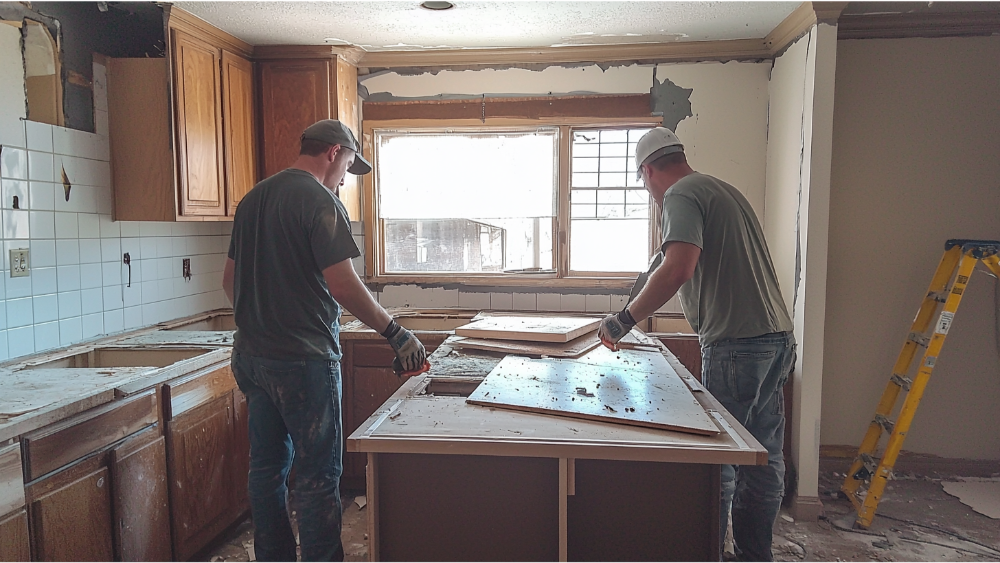
Label Everything
When disconnecting supply lines or removing fixtures, label each part and its corresponding screws. This will make reassembly and installation of a new countertop more seamless.
Use Proper Lighting
Ensure your workspace is well-lit, especially when working underneath base cabinets or cutting through materials. A headlamp or portable work light can be invaluable.
Protect Your Back
Counter top removal can involve lifting heavy sections. Use proper lifting techniques or enlist help to avoid injuries, particularly around sinks or large base cabinets.
Check for Hidden Screws
Always double-check for any screws, clips, or brackets hidden underneath the counter top or within base cabinets before applying force to pry it free.
Turn Off Power as Needed
If electrical fixtures like cooktops or outlets are built into the counter top, shut off power at the breaker box to ensure a safe removal process.
Test Fit Before Installation
Before removing the old counter top, verify your new counter’s dimensions by placing it over the base cabinets. This ensures a perfect fit and avoids surprises during installation.
Frequently Asked How To Remove Kitchen Countertop Questions
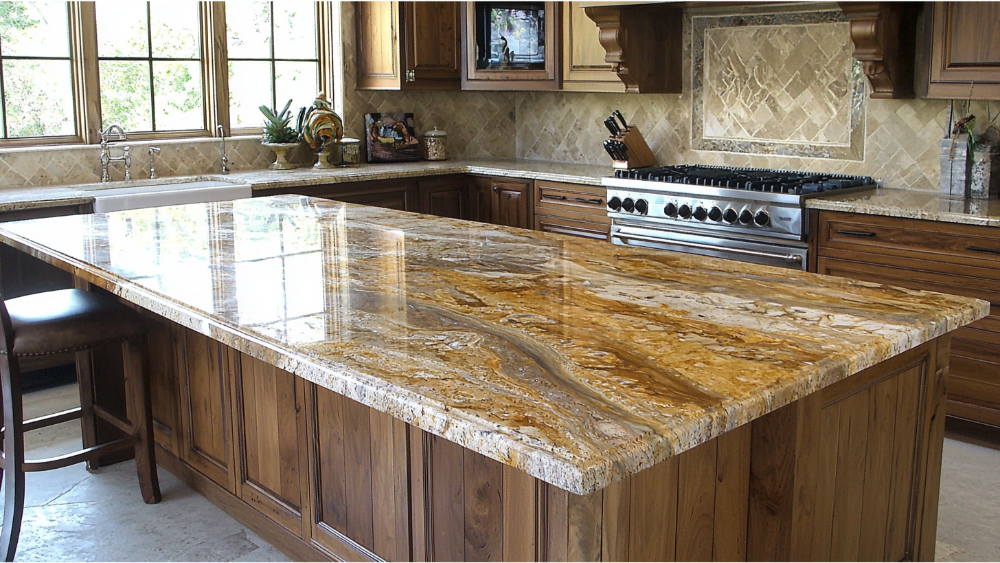
Is It Easy to Remove Kitchen Countertops?
To remove countertop can be an accessible DIY project with the right tools and preparation, though it may require effort depending on the materials and installation methods used. Countertops secured with adhesives or drop-in fixtures like sinks may need extra care and proper techniques to avoid damage. Following a step-by-step process ensures a smoother removal and minimizes challenges during the task.
How Much Does It Cost to Remove Countertops in the Kitchen?
The cost to remove kitchen countertops can vary widely based on factors such as the material, the size of the countertop, and whether you choose to hire professionals or do it yourself. On average, professional removal services may cost between $200 and $500, while a DIY removal typically costs less, depending on the tools you already own. However, high-end materials like granite or quartz, which can be heavier and require more care, might increase the expense. Always factor in additional costs for disposal or recycling of the old countertops if not included in the service.
Do Countertop Installers Remove Old Countertops?
Yes, most countertop installers offer removal services for old countertops as part of their installation package or for an additional fee. This service includes detaching the existing countertop and disposing of or recycling the materials based on customer preferences. It’s recommended to confirm this service with your installer beforehand to ensure a smooth transition to your new countertop.
Conclusion
Removing a kitchen countertop can be a manageable task when approached with careful planning and the right tools. By following the outlined steps and tips, you can ensure a safe and efficient process, whether you’re preparing for a new installation or simply disposing of an old countertop. Paying attention to details like labeling parts, working methodically, and enlisting help for heavier sections will help prevent mistakes or injuries. With patience and preparation, you’ll achieve a workspace ready for the next phase of your kitchen renovation project.


